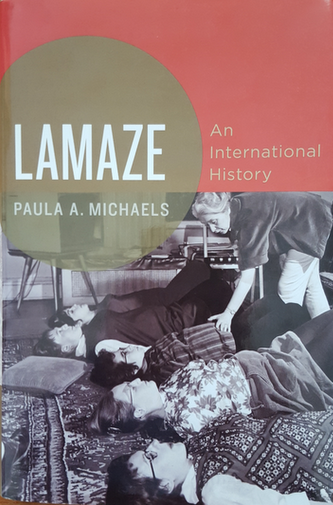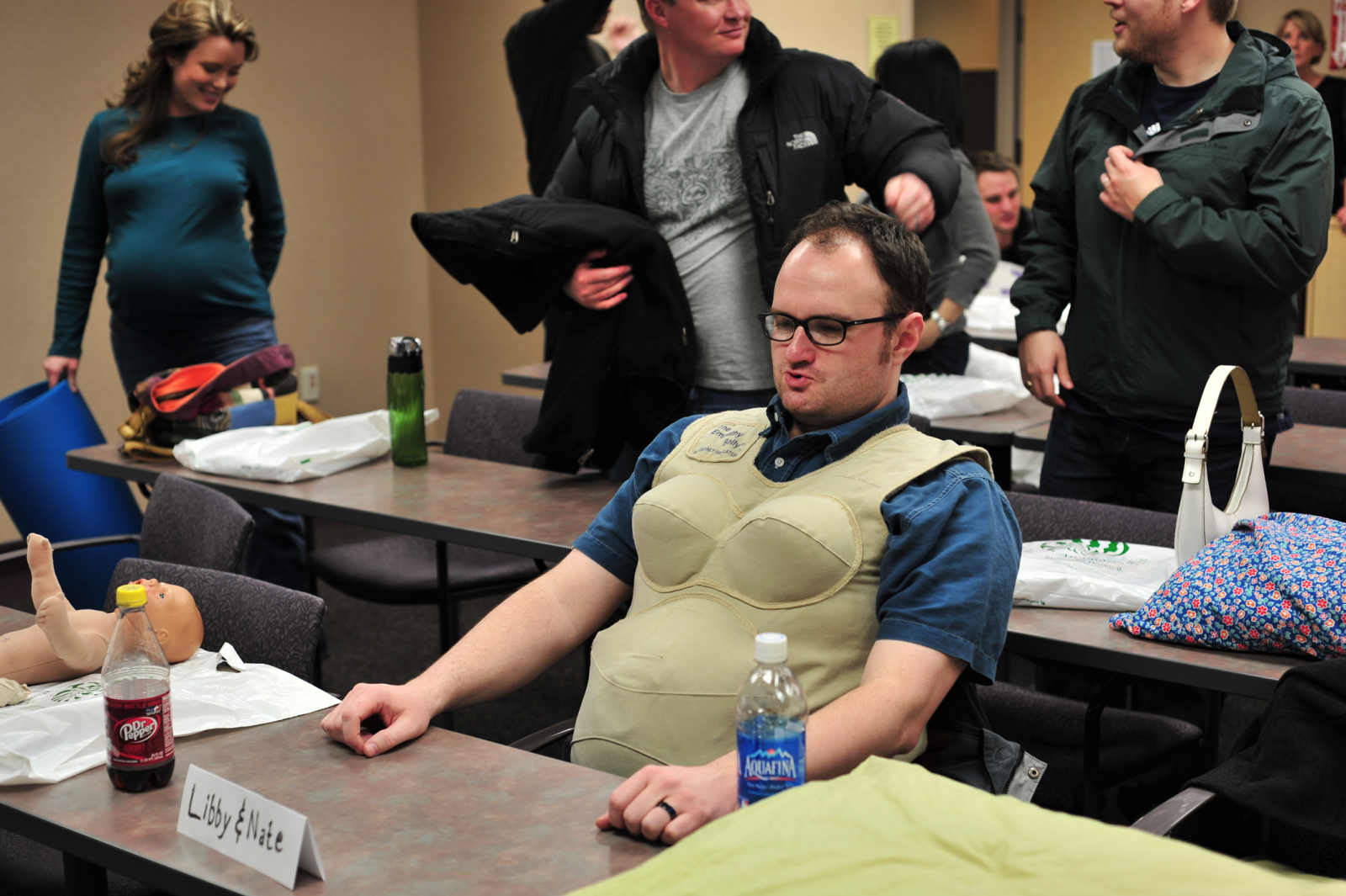Lamaze
by Andrew Boyd
Today, from Russia with love. The University of Houston presents this series about the machines that make our civilization run, and the people whose ingenuity created them.
Childbirth, I'm told, can be physically painful. So it's no surprise that throughout history women and their doctors might have sought to mitigate that pain through the use of anesthetics. Chloroform was used starting in the mid-nineteenth century setting in motion a steady march toward pain-medicated childbirth.

Happy young pregnant woman resting on a bed Photo Credit: Flickr / Alexey Fursov
Countries of the Soviet Union were no exception until after the Second World War. Facing shortages of pretty much everything, you might imagine that alleviating the pain of childbirth wasn't a priority. But by the end of the war the Soviets had lost an estimated 27 million people. To rebuild the population the government needed to reassure women that expectant mothers would receive the finest care. But how?
As historian Paula Michaels tells us, one way was to teach Soviet women how to manage the pain of childbirth through natural means, without costly drugs. A carefully designed method was developed and touted internationally as a "progressive Soviet innovation that could benefit the world's working-class women." Soviet representatives proudly shared their work at the 1951 International Congress of Obstetrics and Gynecology in Paris. Among those in attendance was a "dapper, jovial, middle-aged Parisian" by the name of Fernand Lamaze.

Lamaze An International History by Paula A. Michaels
The obstetrician Lamaze was so taken by what he heard that he travelled to the Soviet Union to see things for himself. He was duly impressed, and returned with a "missionary zeal" to raise awareness at home. Lamaze' charisma led to the method's rapid acceptance throughout Europe. French communists, driven by ideology and recognizing the propaganda potential, also helped spread the word about this "gift from the socialist fatherland, from Soviet science guided by Stalin's genius."
Back in the United States the natural childbirth movement lay nascent, waiting for a catalyst. That catalyst came in the form of a young American by the name of Marjorie Karmel. Karmel lived on and off in Paris, and when she found herself expecting her first child she sought the help of Lamaze at his now well established clinic. Karmel found the birthing experience immensely satisfying. Returning to New York, now pregnant with a second child, she couldn't find an obstetrician who could help. This in turn led Karmel to write a book about her experiences. Entitled Thank you, Dr. Lamaze, it not only helped set in motion the natural childbirth movement in the U.S., it forever linked the name Lamaze with natural childbirth in the American popular lexicon.

A husband practicing Lamaze breathing Photo Credit: Flickr / Nate Grigg
It's amazing to think that in the wake of the Second World War, at the height of McCarthyism and fears of a pervasive communist threat, an innovation from the Soviet Union made its way to the United States via France; an innovation that would positively impact countless women. Though as a female colleague jokingly commented after learning the story, "I knew Lamaze had to be a communist plot!"
I'm Andy Boyd at the University of Houston, where we're interested in the way inventive minds work.
(Theme music)
Special thanks to Professor Sarah Fishman Boyd (my spouse) for bringing this topic to my attention and for supplying source material.
P. Michaels. Lamaze: An International History. New York: Oxford University Press, 2014.
This episode was first aired on December 3, 2015